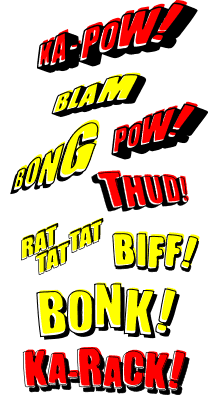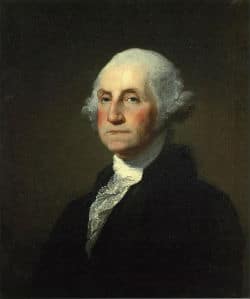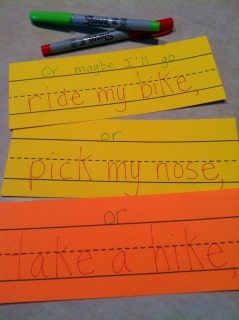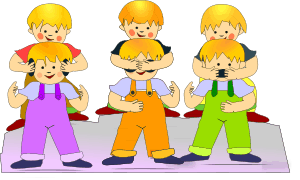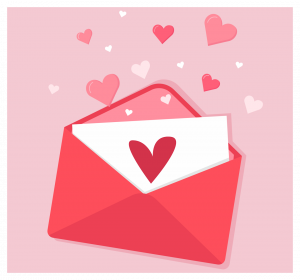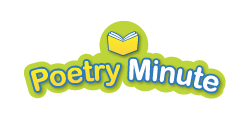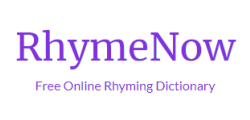Often when they’re asked to write a poem, children can get stuck at the first hurdle: What to write about. By using a familiar starting point, you can kick-start your class’s creativity by giving an easy way in—and a great place to begin is with the fairy tales they’ve grown up with!
Many fairy tales are even older than the printing press. Originally, they were passed on from person to person and generation to generation only orally. (Once books became commonplace, people such as the Brothers Grimm were able to collect the stories from people and commit them to paper.) A great way for people to remember stories in those days was to turn them into rhyming poems or songs—often called ballads—so they could pass them on from one person to the next. This meant that each person could also change the story when they told it, to keep it interesting and relevant (or if they had forgotten a bit!).
Once the stories were written down, they weren’t as easy to change, because the printed word was there for everyone to see. This activity is all about creating a rhyming version of a well-known fairy tale story, and memorizing it at the same time.

